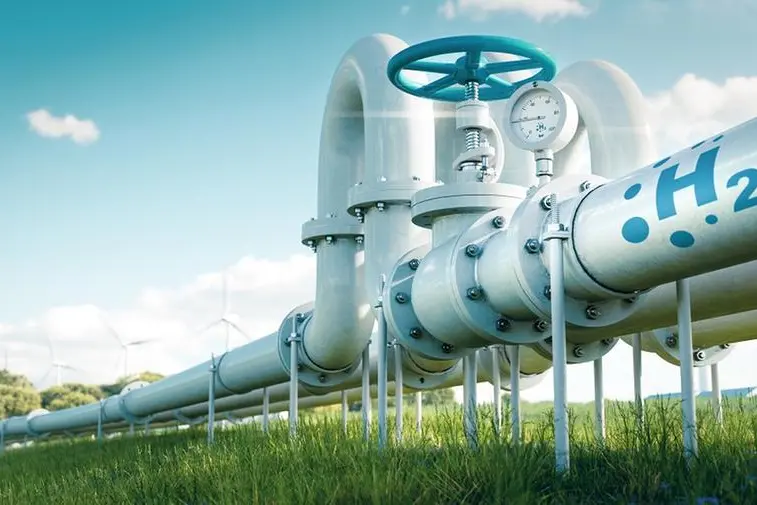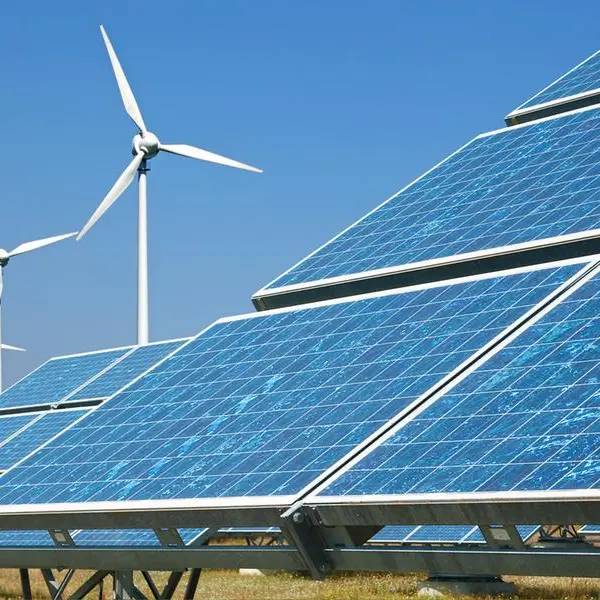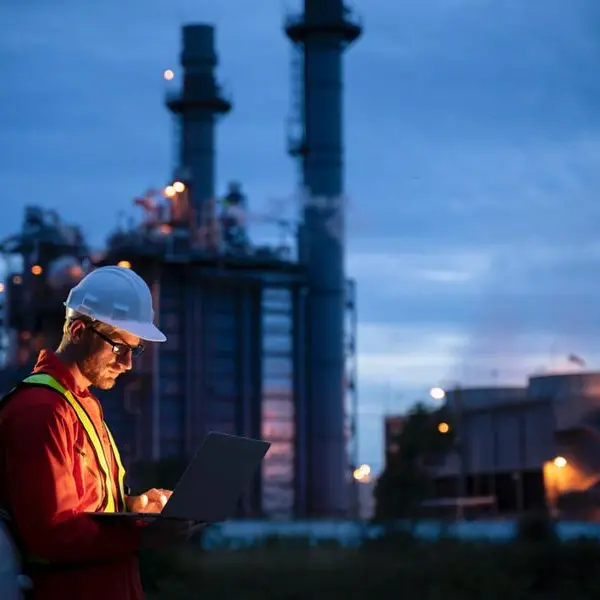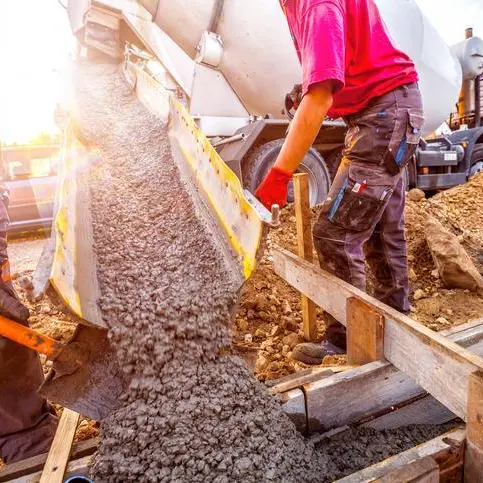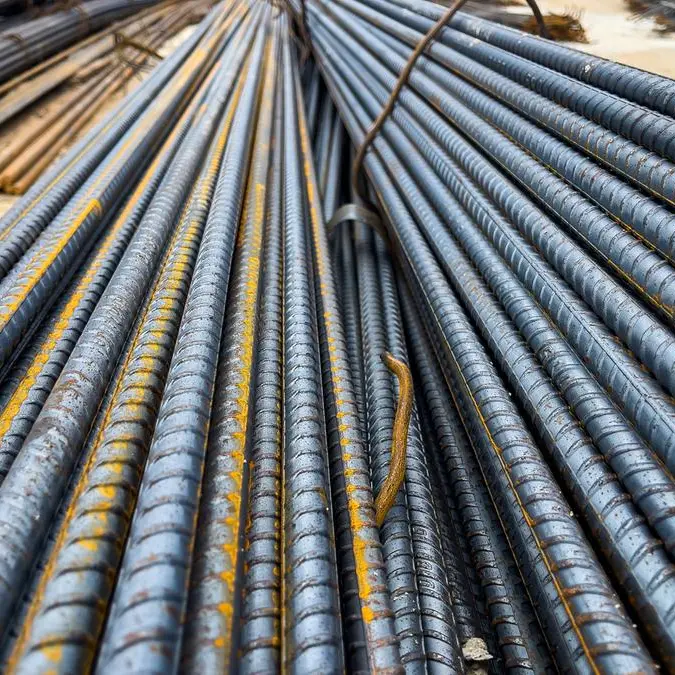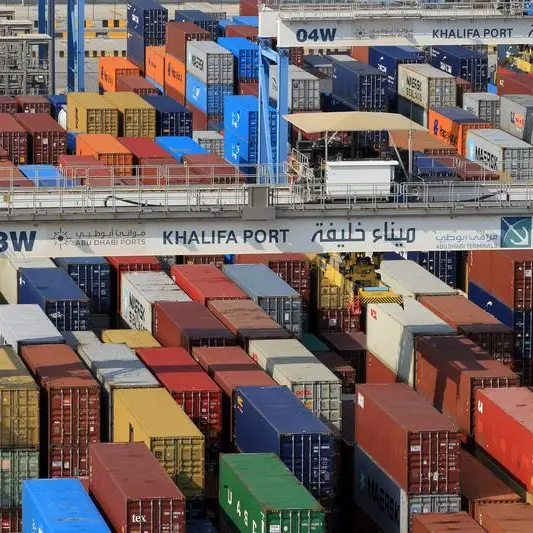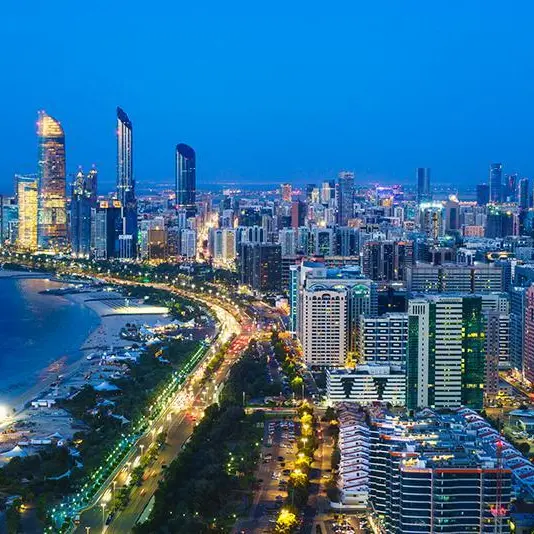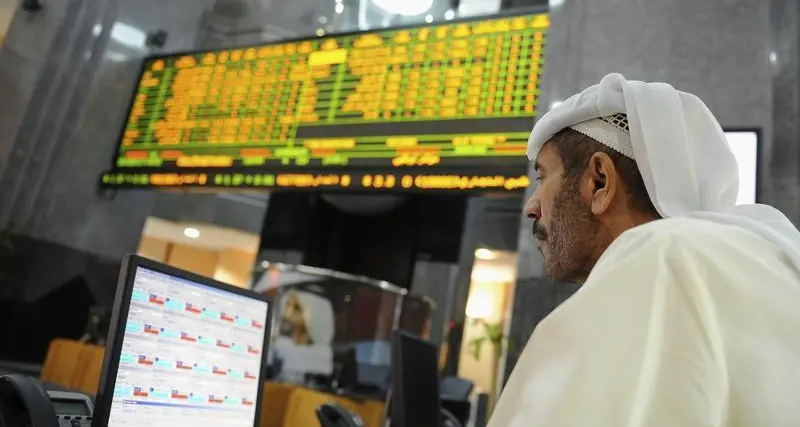PHOTO
The Middle East can evolve as one of the major exporting regions of low-carbon hydrogen, given its potential to produce considerable volumes at a competitive rate, Javier Doblas, Partner, Boston Consulting Group (BCG), told Zawya Projects.
The region can seize the opportunity to localise parts of the hydrogen value chain, such as electrolyser manufacturing, and draw new industries to manufacture products locally (green steel) instead of exporting hydrogen, he stated.


As the Middle Eastern governments progressively implement their net zero commitments, low-carbon hydrogen demand will surge in the region and help decarbonise local hard-to-abate industries, said Doblas, who spoke on the topic at ADIPEC 2022 in Abu Dhabi last month.
Below are the excerpts from the interview.
What are the current trends in the production, transportation, and distribution – optimisation of hydrogen today?
Hydrogen today is a relatively well-established industry, with more than 90 million tonnes produced almost exclusively from unabated fossil fuels and consumed in a few key sectors such as ammonia and methanol production and refining.
While low-carbon hydrogen is a much more nascent industry, it will be the key to decarbonising hard-to-abate industries (examples being shipping, aviation, steel) where renewable electricity alone will be insufficient. The market momentum for low-carbon hydrogen is building fast with a pipeline of projects that keeps expanding (there are approximately 900+ projects globally, most of which are green hydrogen projects).
However, less than 5 percent of those projects are under construction or have reached Final Investment Decision (FID). Given that low-carbon hydrogen can only be produced competitively and at scale in a few regions like the Middle East, Africa, Australia, and Latin America, it will therefore be necessary to develop inexpensive and safe methods of transporting hydrogen and its derivative fuels over long distances to demand centres.
Several technologies are under development for such transportation, including in the form of ammonia or liquid organic hydrogen carriers (LOHC), in much the same way that liquid natural gas is transported today. Both technologies require further development, de-risking, and scaling up. Pure hydrogen transportation will likely be limited to domestic or regional trade through trucks or pipelines. For longer distances, hydrogen will need to be converted to a higher density form like ammonia, methanol, synthetic kerosene, LOHC, before it can be shipped around the world.
What is the role being played by offtake agreements and how crucial are they to developing the hydrogen industry?
Long-term offtakes, where a buyer contractually commits to a certain volume of hydrogen for at least 10 years, remains instrumental to de-risk projects as developers are otherwise reluctant to start projects, and capital providers to commit funding. In addition to offtake contracts between companies, governments have begun entering bilateral agreements, mainly between future exporting countries and future importing ones. Combined and coordinated action is required across stakeholders to de-risk projects and to enable the development of the low-carbon hydrogen industry. Specifically:
•Governments/regulators: They will need to translate their ambitions/strategies into supportive and stable policies and regulations (combining both incentives and mandates) but also cooperate to define certification/standards, notably for emissions intensity of hydrogen production
•Producers: They will need to join forces, and form partnerships to bring together all the required capabilities along the value chain and involve potential off takers early on.
•Infrastructure providers: Companies will need to develop the required infrastructure to be able to transport and store hydrogen and its derivatives. Existing infrastructure such as gas networks could be retrofitted to enable hydrogen transport, but new dedicated infrastructure will, in any case, still be required. Many elements of the future hydrogen infrastructure use technologies readily available but long-distance transportation will require further technology development
•Technology providers: Several technologies now in development can significantly increase the efficiency of both renewables and electrolysers. It will also be key to develop technologies that have reduced requirements for critical minerals
How do you see the cost curve for production evolving?
Today, low-carbon hydrogen is more expensive than grey hydrogen (i.e., produced through unabated fossil fuels,) with cost ranges of $1-2.5/kg for grey hydrogen, $1.5-3/kg for blue hydrogen (i.e., fossil fuel-based hydrogen with carbon capture and storage) and $3-9/kg for green hydrogen (i.e., produced through the electrolysis of water using renewable electricity.)
A carbon price of above $250/tonne of CO2 is required for green hydrogen to break even with grey hydrogen. The competitiveness of blue versus green hydrogen depends on relative technology advances in carbon capture and storage, in electrolysis, as well as the cost of renewable power and gas.
If technology development materialises, green hydrogen could be cost-competitive in the 2030s in regions with access to abundant and cheap renewable power.
Is the IRA (Inflation Reduction Act) of the US setting 'the standard benchmark' when it comes to promoting new energies like green hydrogen?
IRA, passed this year, includes $369 billion of funding for climate and energy over the next decade and builds on more than $110 billion of funding from the Infrastructure Investment and Jobs Act (IIJA) adopted in late 2021. Legislation of this magnitude and duration lasting throughout the 2030s and beyond is likely to have profound and lasting impacts across the US and global climate and energy systems, with a strong influence on supply chains, industries, and trade.
This legislation also has the potential to trigger policy actions from other nations, both large energy producers that compete across these value chains, and large energy consumers. Specifically for the case of hydrogen, the IRA funding will promote rapid demonstrations and deployment, catalysing decarbonisation of hard-to-abate sectors.
The IRA provides a production tax credit (of up to $3/kg of hydrogen, depending on the associated CO2 emissions) which already improves the cost competitiveness of low-carbon hydrogen against traditionally produced hydrogen.
What would be the development pathways for green hydrogen in the Middle East?
The Middle East is set to become one of the major exporting regions of low-carbon hydrogen and its derivatives. The region has the potential to produce large volumes of low-carbon hydrogen competitively. National Oil Companies (NOCs) in the Middle East have already delivered shipments of blue ammonia to Europe and Asia, whereas large-scale green hydrogen projects are already being developed in Saudi Arabia, Oman, and Egypt. The UAE alone has already set a target of 25 percent market share of the global export hydrogen sector by 2030.
The Middle East also has an opportunity to localise parts of the green hydrogen value chain (e.g., electrolyser manufacturing) and attract new industries to manufacture products locally (e.g., green steel) instead of exporting hydrogen.
As nations here progressively implement their net zero commitments, low-carbon hydrogen demand in the Middle East is also set to increase to help decarbonise local hard-to-abate industries.
To know the different types of hydrogen, click here:
(Reporting by Anoop Menon; Editing by P Deol)
